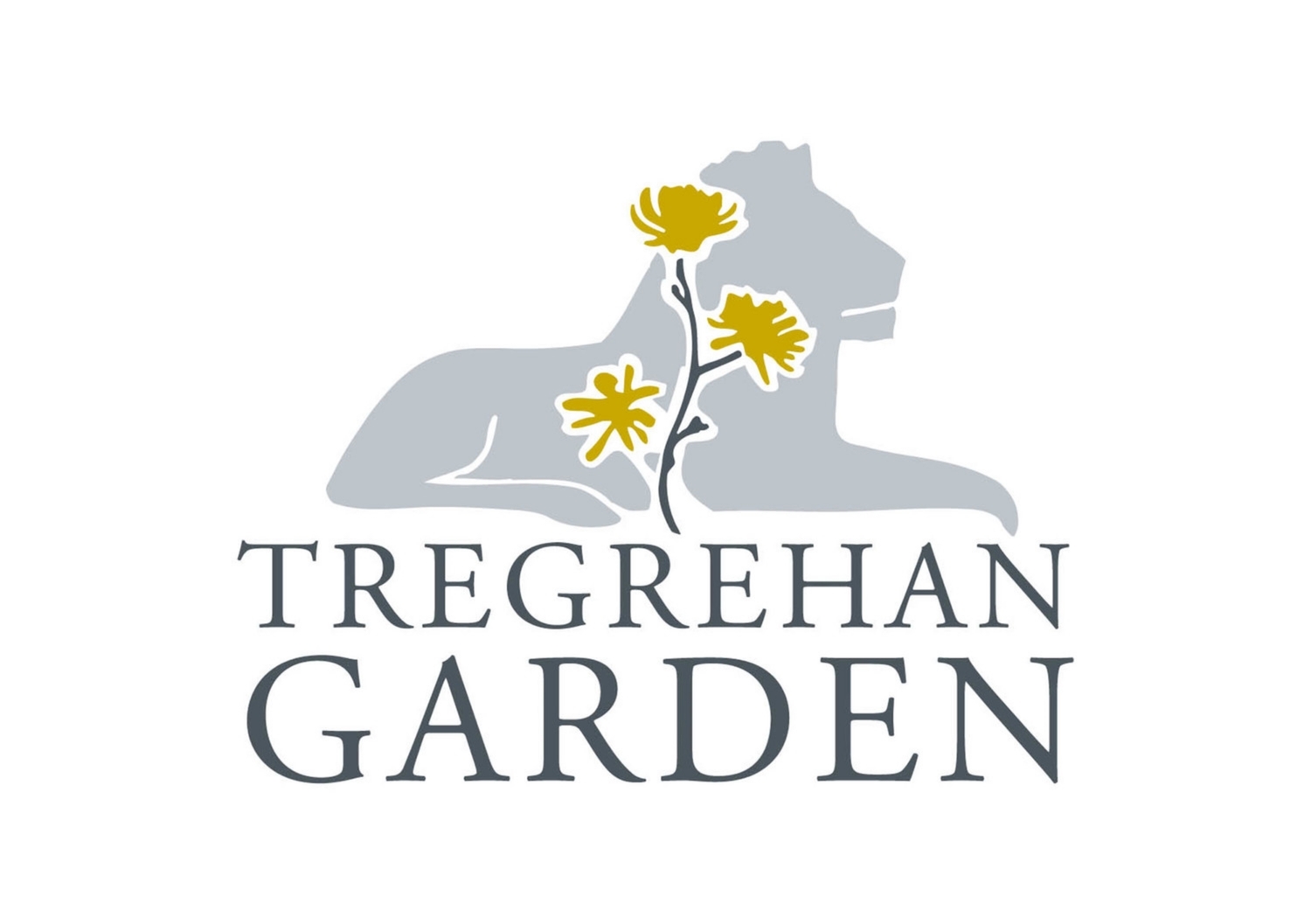There are 3 species of the true Sassafras trees. The name has also been used confusingly in a vernacular sense referring to other Genera. Sassafras albidum is native to eastern North America where it forms suckering stands of medium sized trees.
But the two Eastern Asian spp are what this short Blog is concerned with. Sassafras tzumu from China has been grown in the UK for around 100 years but never become established or widely available. The second species Sassafras randaiense was introduced more recently by seed from the Taiwan Forestry Institute and is uncommon in its native habitat in Taiwan and appears on the red data list of trees at risk. Both species are represented at Tregrehan by fast growing trees up to 15m tall. There has never been any issue with damage from cold conditions but they are susceptible to branch break in heavy winds so shelter is ideal. The variably lobed foliage is extremely ornamental and colours in the spring and the autumn. The bark as illustrated here in the images is also attractive when young and also upon maturity. Small clusters of typically yellow Lauraceous flowers occur on naked branches prior to the foliage in late winter. I would definitely recommend planting either species if they become more available
Recently the garden was approached by an Institution in the USA who are going to run some genomic trials to help with fungal disease of other Lauraceae such as the avocado. There may be a chance of discovering some resistance in the Asian Sassafras and it would also be very interesting to discover whether there is a significant genetic difference between the two Asian spp. They are exceedingly difficult to tell apart from morphology and the species delineation as far as I can tell is largely based on Geography. The results will no doubt will be published in due course and we will be able to solve the mystery as to whether the Asian trees are really just one species after all….
Young bark of Sassafras tzumu
Mature bark and foliage of Sassafras randaiense
Foliage of S. tzumu starting to colour in October



